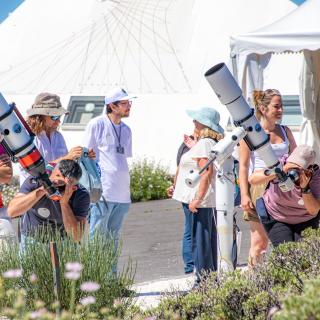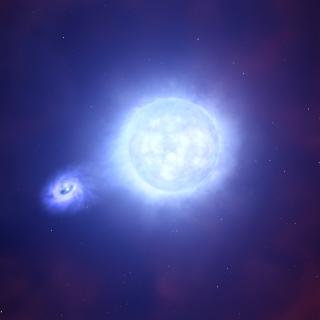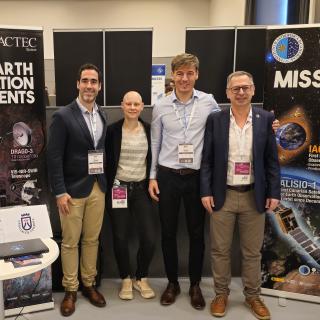It may interest you
-
 El Observatorio del Teide recibe este fin de semana a cerca de 1.000 visitantes en sus tradicionales Jornadas de Puertas Abiertas, organizadas por el Instituto de Astrofísica de Canarias (IAC) con motivo del solsticio de verano. Esta iniciativa, ya consolidada en el calendario divulgativo del IAC, ofrece a la ciudadanía la oportunidad de acercarse a la ciencia y a las infraestructuras científicas de Canarias de forma directa y cercana. La actividad está coordinada conjuntamente por el propio Observatorio y por la Unidad de Comunicación y Cultura Científica (UC3) del IAC, en el marco de lasAdvertised on
El Observatorio del Teide recibe este fin de semana a cerca de 1.000 visitantes en sus tradicionales Jornadas de Puertas Abiertas, organizadas por el Instituto de Astrofísica de Canarias (IAC) con motivo del solsticio de verano. Esta iniciativa, ya consolidada en el calendario divulgativo del IAC, ofrece a la ciudadanía la oportunidad de acercarse a la ciencia y a las infraestructuras científicas de Canarias de forma directa y cercana. La actividad está coordinada conjuntamente por el propio Observatorio y por la Unidad de Comunicación y Cultura Científica (UC3) del IAC, en el marco de lasAdvertised on -
 Massive stars in metal-poor galaxies often have close partners, just like the massive stars in our metal-rich Milky Way. This has been discovered by an international scientific team in which research staff from the Instituto de Aastrofísica de Canarias (IAC) and the Universidad de La Laguna (ULL) participate. They used the European Very Large Telescope in Chile to monitor the velocity of massive stars in the Small Magellanic Cloud. The research is published in Nature Astronomy . For the past twenty years, astronomers have known that many massive stars in the metal-rich Milky Way have aAdvertised on
Massive stars in metal-poor galaxies often have close partners, just like the massive stars in our metal-rich Milky Way. This has been discovered by an international scientific team in which research staff from the Instituto de Aastrofísica de Canarias (IAC) and the Universidad de La Laguna (ULL) participate. They used the European Very Large Telescope in Chile to monitor the velocity of massive stars in the Small Magellanic Cloud. The research is published in Nature Astronomy . For the past twenty years, astronomers have known that many massive stars in the metal-rich Milky Way have aAdvertised on -
 El equipo de IACTEC-Espacio , la división del Instituto de Astrofísica de Canarias (IAC) dedicada al desarrollo de tecnología espacial, participa esta semana como expositor en el Small Satellites & Services International Forum (SSSIF) 2025, celebrado en Málaga, consolidando su posición como referente en el sector espacial español. El evento, clave para la industria de pequeños satélites, está sirviendo de plataforma para presentar proyectos innovadores y establecer colaboraciones estratégicas en especial sobre los proyectos DRAGO, los instrumentos canarios con capacidad de detectar imágenesAdvertised on
El equipo de IACTEC-Espacio , la división del Instituto de Astrofísica de Canarias (IAC) dedicada al desarrollo de tecnología espacial, participa esta semana como expositor en el Small Satellites & Services International Forum (SSSIF) 2025, celebrado en Málaga, consolidando su posición como referente en el sector espacial español. El evento, clave para la industria de pequeños satélites, está sirviendo de plataforma para presentar proyectos innovadores y establecer colaboraciones estratégicas en especial sobre los proyectos DRAGO, los instrumentos canarios con capacidad de detectar imágenesAdvertised on
